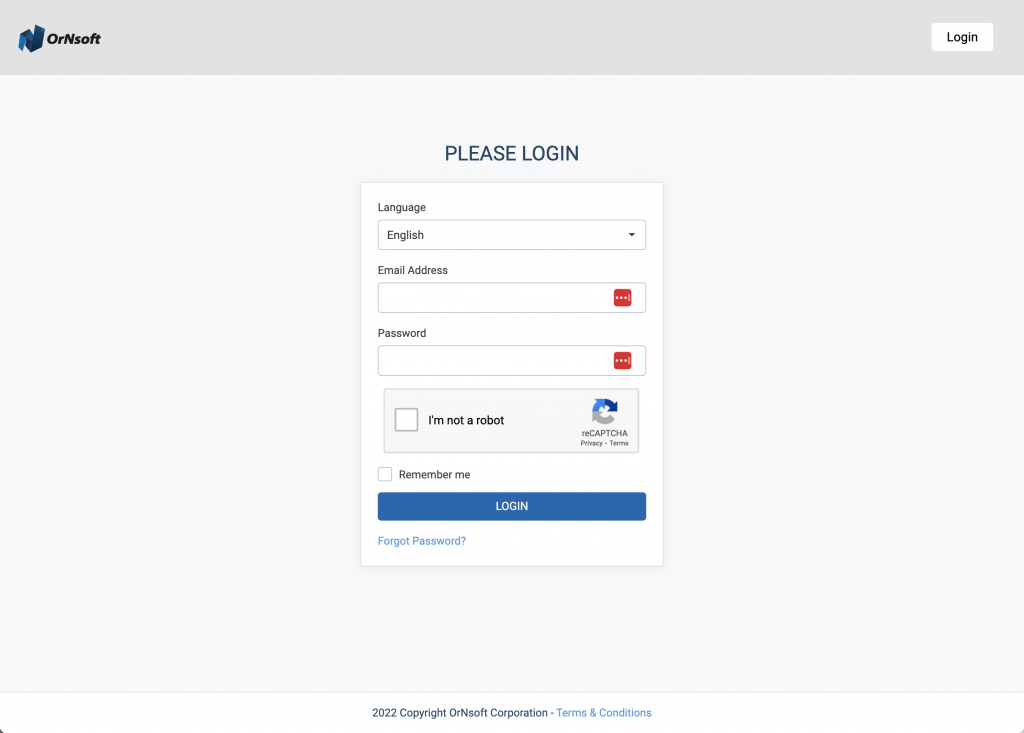Introduction
In our increasingly digital world, the ability to process and understand images is a critical aspect of many technologies. One of the key components of this process is image segmentation, a technique that is fundamental to many applications in the field of computer vision and artificial intelligence (AI).
What Is "Image Segmentation"?
Image segmentation is a process used in digital image processing and computer vision. It involves dividing a digital image into multiple segments to simplify and/or change the representation of an image into something more meaningful and easier to analyze. In essence, image segmentation is the process of assigning a label to every pixel in an image so that pixels with the same label share certain visual characteristics.
History of "Image Segmentation"
The concept of image segmentation has been around since the early days of computer vision. In the 1970s, researchers began developing techniques to segment images for further analysis. The first algorithms were simple and based on pixel intensity levels. Over time, as computer processing power increased and more sophisticated algorithms were developed, the ability to segment complex images improved dramatically. Today, image segmentation is a fundamental task in computer vision, and it plays a crucial role in many modern AI applications.
Importance of "Image Segmentation"
In the current tech landscape, image segmentation holds significant importance. It is a crucial step in image analysis, allowing computers to recognize and understand objects within an image. This understanding is vital for many AI applications, from self-driving cars to medical imaging. Without image segmentation, these applications would not be able to accurately interpret visual data, limiting their functionality and effectiveness.
Practical Applications
Image segmentation has a wide range of practical applications. In the medical field, it can be used to identify and isolate specific structures in medical imaging, such as tumors in an MRI scan. In autonomous vehicles, image segmentation allows the vehicle’s AI to differentiate between different objects in the vehicle’s visual field, such as pedestrians, other vehicles, and road signs. Furthermore, in the realm of social media and advertising, image segmentation can be used to identify specific elements in images for targeted advertising.
The Role of ‘Image Segmentation’ in Modern Enterprises
Modern enterprises are increasingly leveraging image segmentation to drive business value. Retailers, for example, can use image segmentation to analyze customer behavior through surveillance footage, helping them optimize store layouts and improve customer service. Manufacturers can use image segmentation to identify defects in products on the assembly line, reducing waste and improving product quality. By integrating image segmentation into their operations, businesses can gain valuable insights and enhance decision-making processes.
Case Study
A notable example of successful implementation of image segmentation is its use in Google’s self-driving car project, Waymo. The company uses advanced image segmentation algorithms to process visual data captured by the car’s sensors, allowing the vehicle to understand its environment and make safe driving decisions.
Future Outlook
As AI continues to advance, the capabilities of image segmentation will expand. Future trends include the integration of image segmentation with other AI technologies like deep learning, which can improve the accuracy and efficiency of image segmentation. Moreover, as more businesses recognize the value of image analysis, the demand for image segmentation is likely to grow.
Conclusion
In conclusion, image segmentation is a powerful tool in image analysis and AI applications. Its ability to break down an image into meaningful segments allows for a more in-depth understanding of visual data, driving innovations in various industries. As AI technology continues to evolve, the potential applications and benefits of image segmentation are bound to increase.
Intrigued by the potential of AI for your business? Schedule a free consultation with us here.

